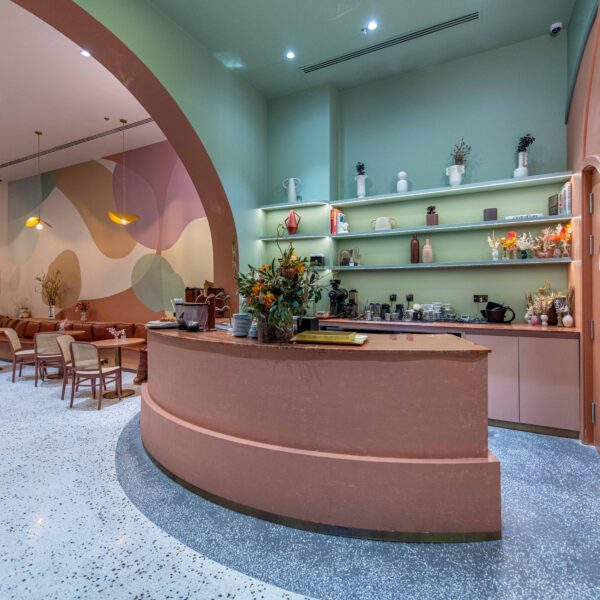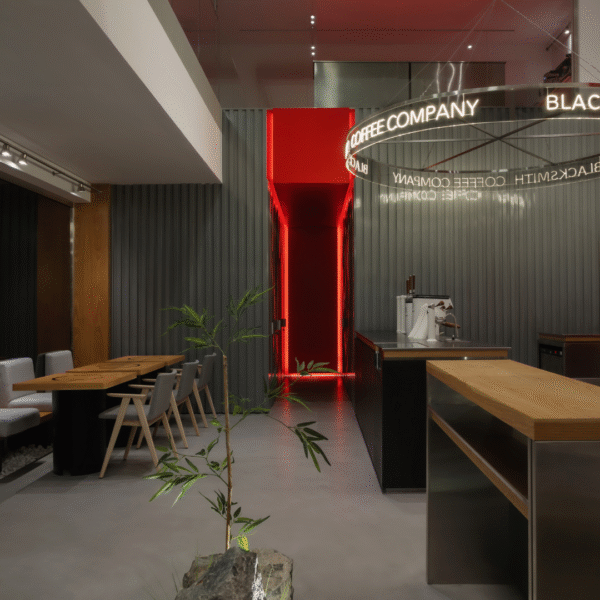Introduction:
Does office design really matter? If you want a productive team and a growing business, then yes, it definitely does!
Think of it this way — we spend more than 50% of our waking hours in the office. According to studies conducted on productivity in the workplace, the most significant factor that affects an employee’s ability to focus and be productive is their physical environment. A well-designed office increases your productivity by 20%. Considering that only 60% (or less) of work time is spent productively, this is a significant increase! Good office design is a particularly good investment for companies looking to grow

1. Noise

Noise levels vary depending on the size of the team and company structure. Creative, collaborative work will typically have a noisier environment, while more cerebral industries need a quieter space. In any case, noise affects employees’ ability to stay on track and can raise stress levels making it difficult to sustain productivity. Soundproofing and office productivity are inseparable.
Solution:
There are two types of soundproofing: sound absorption and sound reduction. The former stops noise from bouncing around the space, while the latter stops noise from building. With that said, you don’t need to soundproof the entire office. Find strategic spaces in which to provide acoustic privacy for meetings and phone calls such as booths or nooks.
Wall and ceiling panels are also perfect for absorbing general office noise. Indoor plants such as hanging ferns also absorb noise and are known to reduce office stress, help clear the air, and encourage creative thinking.
2. Poor Ergonomics

Solution:
Make sure desks are the correct height and the top of the monitor is below or at eye-level when the employee is seated. Feet should also be resting on the floor, with eyes about 24-36 inches from the computer screen. A slightly reclined chair posture is best to reduce lower back pain. While companies couldn’t possibly have a chair fitted for every employee, having adjustable desks and chairs for employees to fit according to their needs is important.
3. Interruptions

An average employee experiences 56 interruptions per day, and spends 2 hours recovering from these distractions, according to Atlassian. On top of that, 80% of these distractions are considered trivial. That’s not just time wasted, but also the loss of ideas and thoughts that come in abundance during a focused flow state.
Another study from Florida State University found that performance and productivity are at their peak during uninterrupted 90-minute intervals. This is virtually impossible in trendy open-plan offices these days.
Solution:
You don’t need to totally outfit your office with boring cubicles nor rows of desks. Opt for creating a flexible space with dedicated private areas for focused work. This way, employees can adjust accordingly depending on the type of work they need to get done, whether in collaboration with colleagues or individual focused work. Soundproofed nooks or a few enclosed spaces scattered around an open floor plan will be perfect for this purpose.
4. Unnecessary Meetings

Did you know that the average employee attend 62 meetings per month and half the time is considered wasted? For businesses, this causes major opportunity loss.
Unnecessary meetings often stem from disconnected workflow between employees and departments. To combat this, the office needs to be designed in a way that allows for easy communication between individuals who are working towards the same goals, and between teams who collaborate often.
Solution:
Zoning is key. Identify which teams work closely together and the kind of work they do. For example, sales and project management teams will tend to spend the vast majority of their day in phone calls or coordinating with each other. The marketing team works closely with the sales team, as well. It would be ideal to sit these two teams next to each other, and teams who require quieter environments separately. Create a central space for common-use equipment, such as printers, that will be accessible by the different zones across the office.
Another quick solution would be to provide standing meeting rooms that discourage staying too long. This will encourage attendees to get right down to business and discourage lingering on unproductive topics and distractions.
5. Disorganization and clutter in office design

Clutter may help creatives come up with amazing ideas, but it’s not helpful for productivity and focus in the overall office design. Clutter and disorganization can also mean poorly situated spaces, cluster areas, and equipment.
Solution:
This is where it’s important to prioritize the workflow in office design. Provide storage for individuals, teams, and general needs of the office. You can incorporate storage in walls, in furniture, and provide specific space for each equipment that will not clutter the line of sight.
The past few years have seen the rise and fall of open-plan offices. Employees report the tendency of getting too distracted by things going on around them to get much done, which then leads to stress. The inability to close a door and get some quiet to enter flow mode decreases productivity. While it may work for some, it will not always be effective for others.
It’s important to approach office design like any other design project: according to the need of the end-users and not solely on what is trendy.
For professional office design and build needs, our team at Exotic Interiors Studio can help you out! We have had a decade of experience designing effective workspaces, institutes, and offices for companies and government organizations in the UAE. Get in touch with us today!
Have a project in mind? Send a message.
Get the book for free





